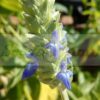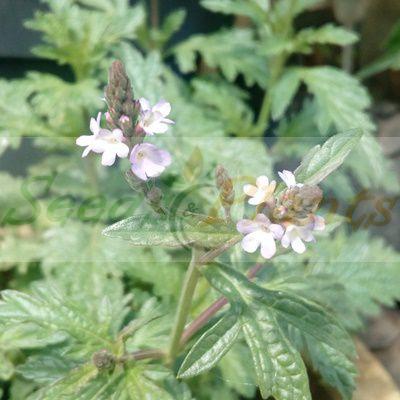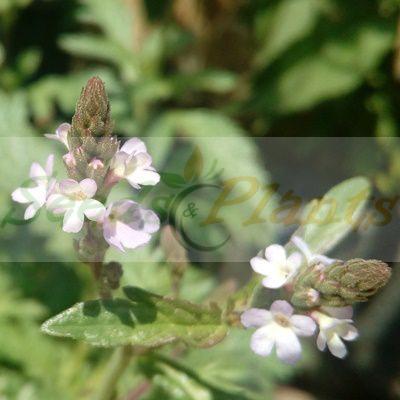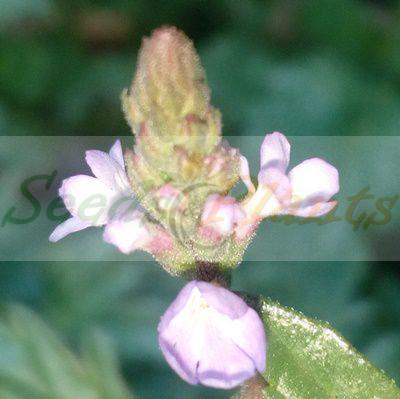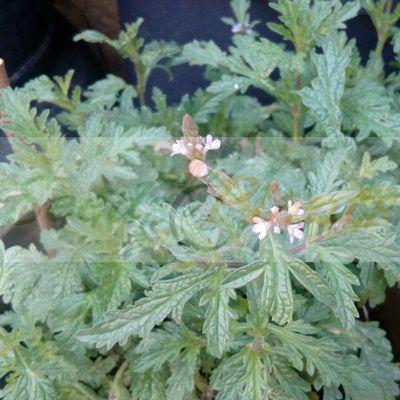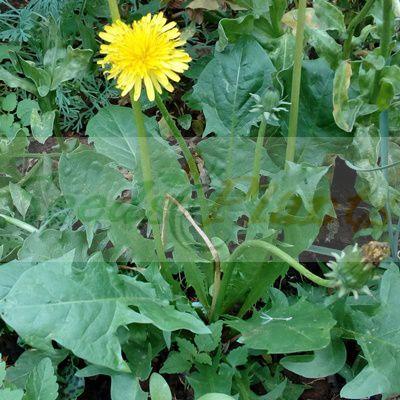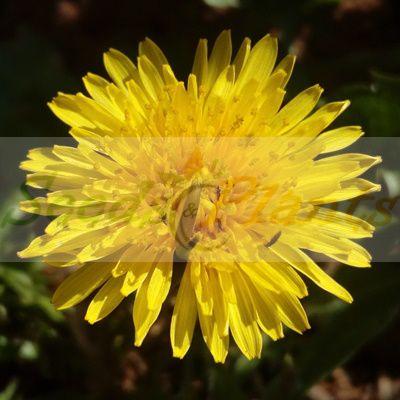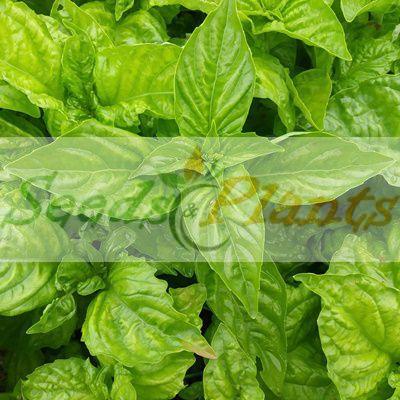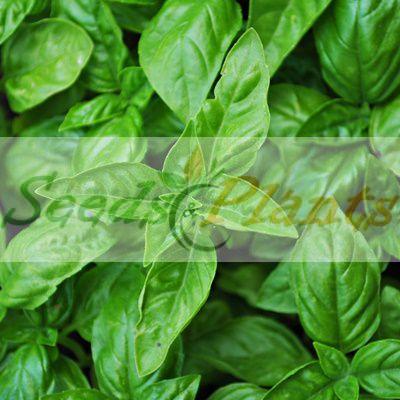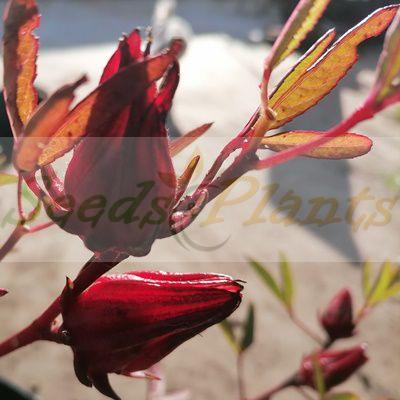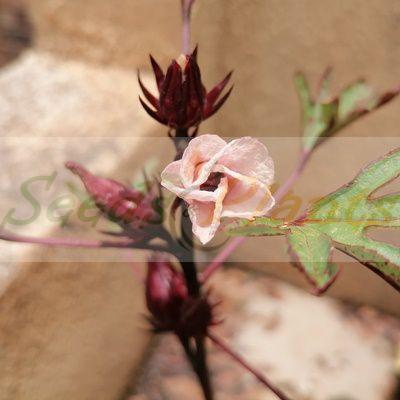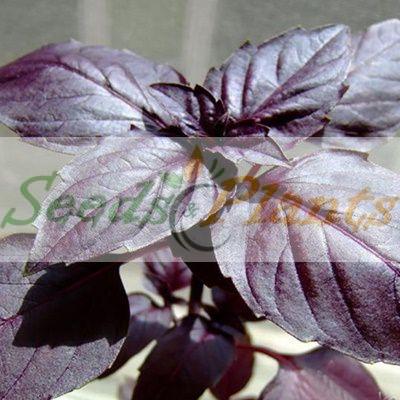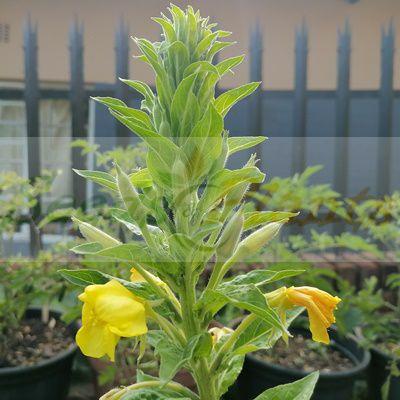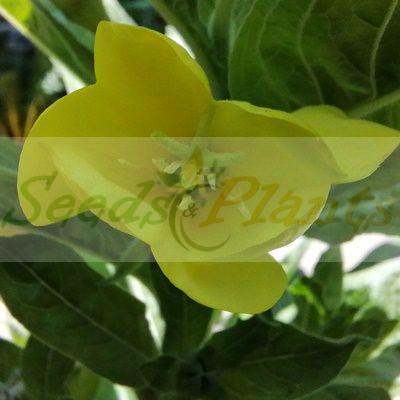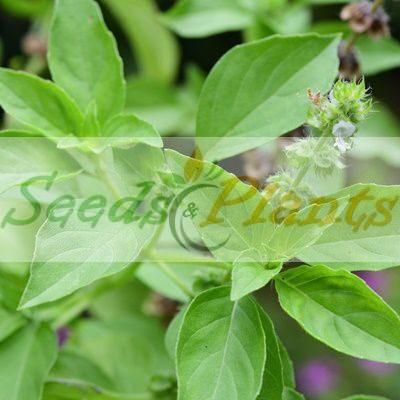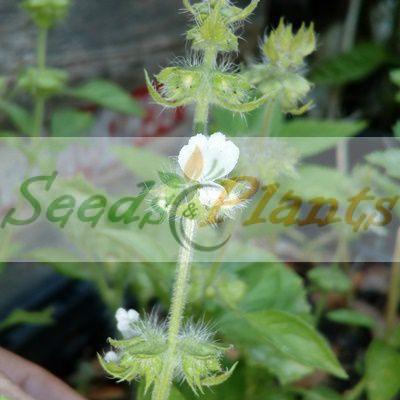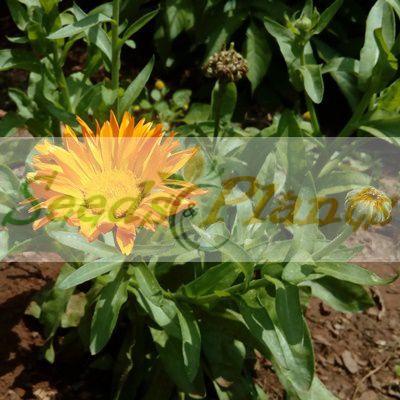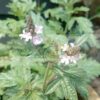🌿 Herbal Quick Facts
Medicinal Info
- 🌍 Origin / Region: Europe, North Africa, Western Asia
- 🌿 Medicinal Part: Flower, Leaf, Root, Stem
- 🍵 Herbal Preparation: Infusion / Tea, Powder
- ⚕️ Healing System: American Traditional Medicine, Chinese Traditional Medicine, European Traditional Medicine
Culinary Info
- 🍽️ Culinary Use: Beverages/Teas, Flavoring, Garnish
- 😋 Flavor Profile: Bitter
Growth Traits
- 🌱 Life Cycle: Perennial
- 🦋 Pollinator Method: Attracts Bees, Attracts Beetles, Attracts Butterflies, Attracts Moths, Attracts Wasps
- 🪴 Growth Habit: Scraggly, Upright
- 🌸 Flower Color: Light Pink, Lilac
Growing Requirements
- 🌞 Sun Exposure: Full Sun, Partial Shade
- 💧 Water Needs: Avoid Overwatering, Moderate Water
- ☀️ Growing Conditions: Drought Tolerant
- 🟤 Soil Preference: Loam, Sandy, Tolerant of most soils, Well-Drained
Vervain – 50 Seeds
(Verbena officinalis)
R30.00
Vervain is one of the 38 flowering plants used in a homeopathic tincture called Bach Flower Remedy.
Common Names: Enchanter’s plant, Erba croce, Erba dei tagli, Herb of grace, Herb of the cross, Juno’s tears, Pigeon’s grass, Pigeonweed, Prostrate verbena, Verbena and Yerba de Santa Anaverbena
Seed Type: Organic – Harvested from our own plants.
Indoor Sowing: Cold Stratification and then transplant in Spring.
Direct Sowing: Autumn.
In stock
🌿 Herbal Quick Facts
Medicinal Info
- 🌍 Origin / Region: Europe, North Africa, Western Asia
- 🌿 Medicinal Part: Flower, Leaf, Root, Stem
- 🍵 Herbal Preparation: Infusion / Tea, Powder
- ⚕️ Healing System: American Traditional Medicine, Chinese Traditional Medicine, European Traditional Medicine
Culinary Info
- 🍽️ Culinary Use: Beverages/Teas, Flavoring, Garnish
- 😋 Flavor Profile: Bitter
Growth Traits
- 🌱 Life Cycle: Perennial
- 🦋 Pollinator Method: Attracts Bees, Attracts Beetles, Attracts Butterflies, Attracts Moths, Attracts Wasps
- 🪴 Growth Habit: Scraggly, Upright
- 🌸 Flower Color: Light Pink, Lilac
Growing Requirements
- 🌞 Sun Exposure: Full Sun, Partial Shade
- 💧 Water Needs: Avoid Overwatering, Moderate Water
- ☀️ Growing Conditions: Drought Tolerant
- 🟤 Soil Preference: Loam, Sandy, Tolerant of most soils, Well-Drained
Vervain (Verbena officinalis), is also known as Enchanter’s plant, Erba croce, Erba dei tagli, Herb of grace, Herb of the cross, Juno’s tears, Pigeon’s grass, Pigeonweed, Prostrate verbena, Verbena and Yerba de Santa Anaverbena. It is a slender herbaceous perennial, meaning it dies back to its roots each winter and then regrows in the spring. It produces small, pale lilac flowers borne on leafless spikes. This herb has both culinary and medicinal uses.
It is indigenous to the Mediterranean but has been cultivated widely throughout eastern Europe, North Africa, China, and Japan. Verbena officinalis should not be confused with lemon verbena, another herb used that also has medicinal properties and culinary uses.
Vervain Culinary Uses
- The leaves are edible both raw and cooked.
- Young leaves can be used in salads or parboiled or added to soups and stews.
- Older leaves can be used for making tea.
- Flower heads can be used as a garnish, to flavor salt.
- The seeds can be roasted and used on baked goods or ground and added to flour.
Vervain Medicinal Benefits
It is one of the 38 flowering plants used in a homeopathic tincture called Bach Flower Remedy, variations of which are still sold today. Among its purported benefits, it may help in the treatment of:
- Headaches
- General aches and pain
- Insomnia
- Digestive dysfunction
- Upper respiratory tract symptoms
- Urinary tract infections
- Depression and anxiety
Growing Vervain
Indoor Sowing: Cold Stratification and then transplant seedlings in Spring.
Direct Sowing: Autumn.
- The plant is cold tender and seedlings will not survive under cold conditions.
- Seeds need to be cold stratified for 30 days, before sowing indoors. To stratify, use a moist, but not soggy, medium like a damp paper towel, coffee filter, or a mixture of peat and vermiculite/sand. Place the seeds and the moist medium in a sealed plastic bag or container. Place the sealed container in the refrigerator for about 30 days.
- After cold stratification, sow the seeds indoors or alternatively direct sow the stratified seeds in Spring.
- You can also direct sow the seeds in autumn without prior cold stratification and germination will take in Spring – this is the easiest method.
- Use a well-draining, moist potting mix when planting the seeds.
- Place a few seeds on top of the growing medium.
- For seed germination to take place, darkness is required, therefore cover the seeds with some soil.
- Keep soil moist, but not soggy.
- Optimal germination temperature is 15-21°C.
- Germination is erratic and can take as little as 30 days or up to 3 months, depending on when the seeds were sown, so patience is required. Generally seeds direct sown in Autumn will germinate in Spring and seeds direct sown in Spring will germinate in Summer.
- Once germination takes place, wait until the first set of true leaves appears before thinning the plants out.
Can this plant be used for culinary purposes?
Vervain is traditionally used for culinary purposes such as beverages/teas and flavoring.
Does this plant have medicinal uses?
Traditionally, Vervain has a history of use in various healing systems, including American Traditional Medicine and Chinese Traditional Medicine. Seeds are sold for cultivation purposes only.
Disclaimer
Medicinal Information:
All medicinal information on this website is for educational and informational purposes only and may not be construed as medical advice. The information is not intended to replace medical advice or treatment offered by healthcare professionals.
Seeds, Plants, Plant Cuttings, Geophytes and Dried Herbs:
In some countries and provinces, certain plants are deemed as invasive and are not allowed to be planted at all, whilst some plants are allowed to be grown only in certain areas or provinces. The onus is on you as the buyer to familiarize yourself with the regulations pertaining to your location, before purchasing any of our seeds, plants, plant cuttings, geophytes or dried herbs. We will not be held liable, should you purchase any seeds, plants, plant cuttings, geophytes or dried herbs. from us which are prohibited in your country or province.


